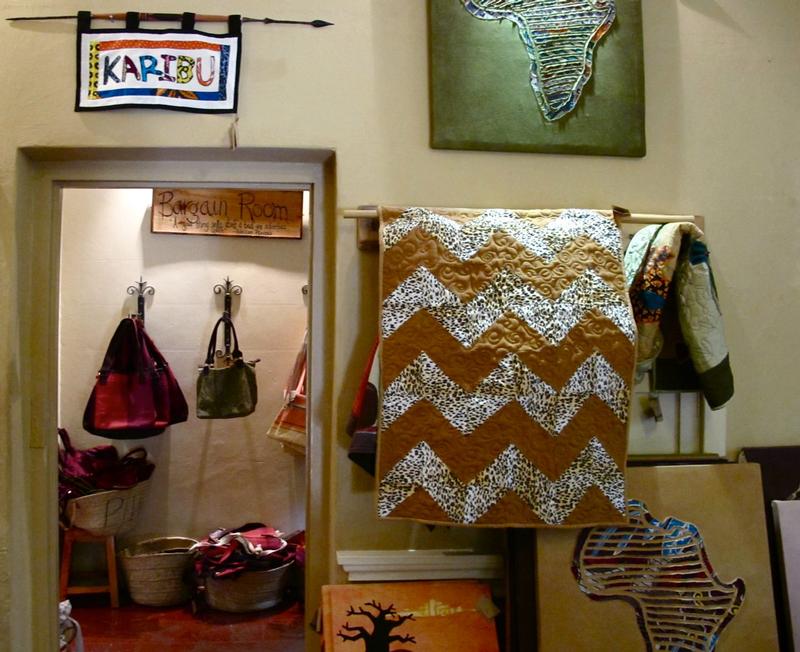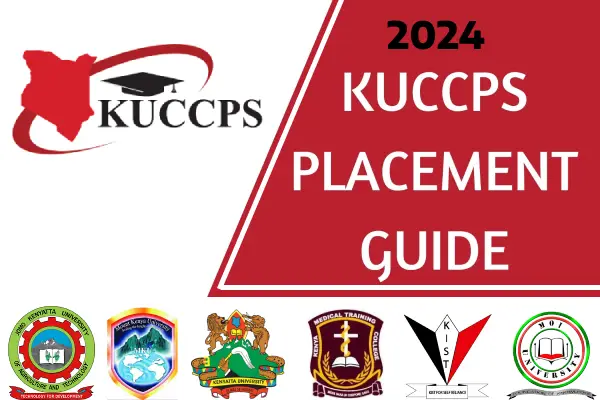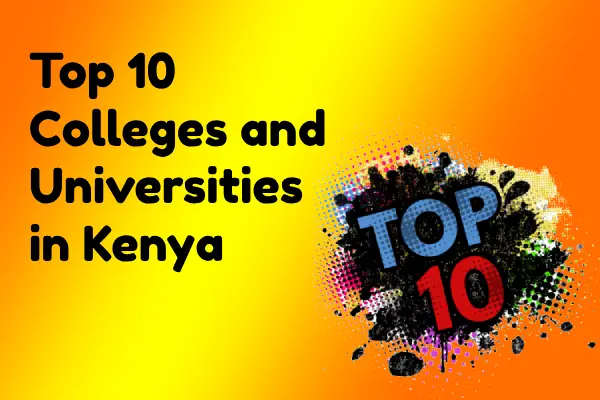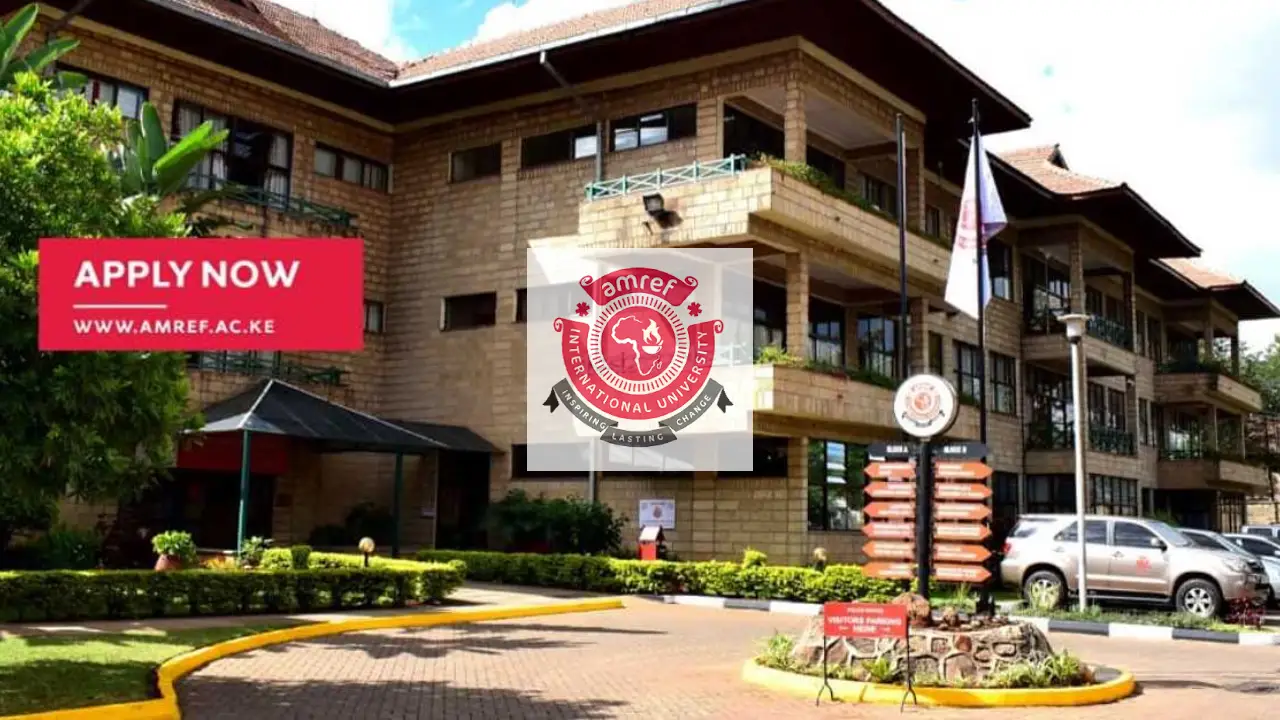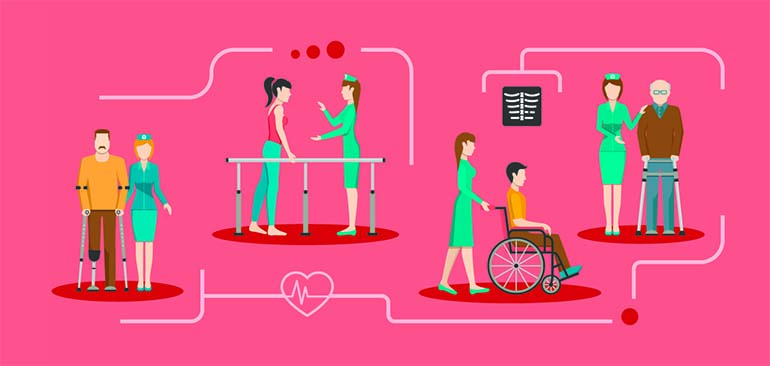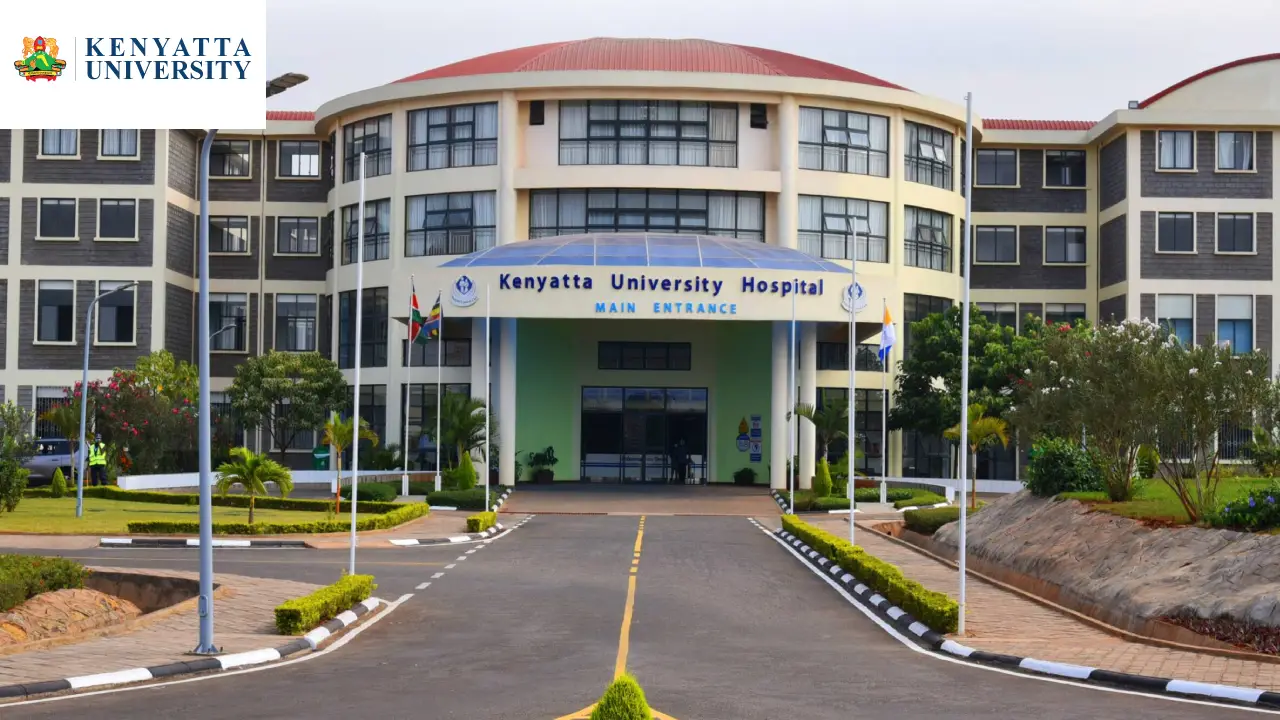Studying and Learning
Education Pathways in Kenya — From Basic Education to Tertiary | College Guide
A clear guide to education pathways in Kenya — from Early Childhood and Primary (CBC) through Junior & Senior Secondary to TVET, Colleges and Universities. Learn entry requirements, levels, and options for lifelong learning.
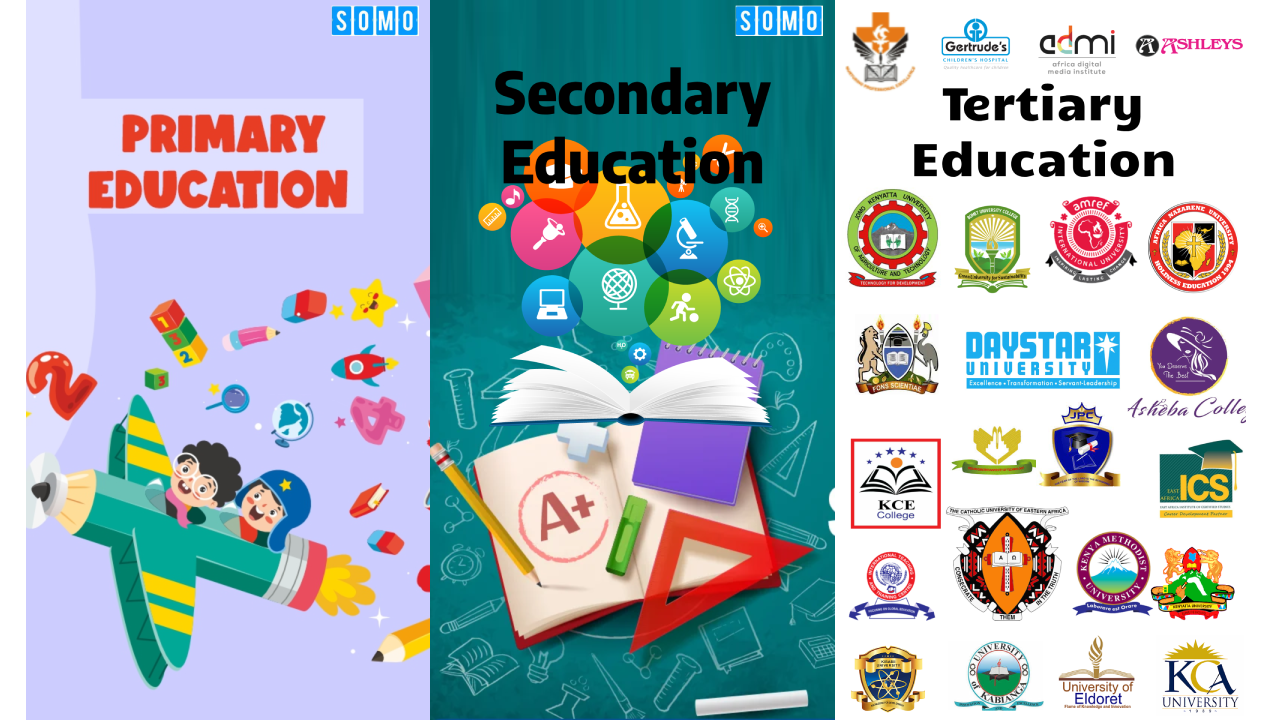
Kenya’s education system provides a structured pathway from early childhood learning through to university and professional qualification. This guide explains each level — Early Childhood, Primary (CBC), Junior & Senior Secondary, TVET, Colleges, and Universities — and shows common progression routes, entry requirements, and practical options for lifelong learners.
At a glance: the education ladder in Kenya
- Pre-Primary (Early Childhood Education) — Pre-Primary 1 & 2 (ages 4–5)
- Primary Education — Grades 1–6 (ages 6–11); ends with KPSEA assessment
- Junior Secondary — Grades 7–9 (ages 12–14)
- Senior Secondary — Grades 10–12 (ages 15–17); pathway selection (STEM, Humanities, Arts, TVET)
- Tertiary Education — TVET institutions, Colleges, Universities, Professional bodies (ages 18+)
1. Early Childhood Education (Pre-Primary)
Pre-primary education (Pre-Primary 1 & 2) is designed to develop language, social skills, early numeracy and curiosity through play-based learning. The Competency-Based Curriculum (CBC) emphasises learner-centred activities and multiple languages (English, Kiswahili and mother tongue where applicable).
2. Primary Education (Grades 1–6)
Primary education under CBC is split into Lower Primary (Grades 1–3) and Upper Primary (Grades 4–6). Early grades focus on foundational literacy and numeracy, while upper grades introduce applied subjects such as Environmental Activities, Science & Technology, and Agriculture.
Key milestone: At the end of Grade 6 learners take the Kenya Primary School Education Assessment (KPSEA), used for placement into junior secondary school.
3. Junior Secondary (Grades 7–9)
Junior secondary builds on primary skills and exposes learners to pre-technical and career-focused subjects. Assessment at this level includes school-based evaluations and national summative assessments to determine readiness for senior secondary specialization.
Typical subjects
- Languages (English, Kiswahili)
- Integrated Science & Mathematics
- Social Studies & Religious Education
- Pre-Technical and Pre-Vocational Studies (basic agriculture, business, ICT, arts)
4. Senior Secondary (Grades 10–12)
At senior secondary, students specialise along chosen pathways — for example STEM, Social Sciences & Humanities, Sports & Arts, or Technical & Vocational streams. The aim is to prepare learners for higher education, occupational training, or direct employment.
Pathway highlights
- STEM: For students targeting engineering, medicine, IT, and sciences.
- Social Sciences & Humanities: For law, business, education, and social professions.
- Technical & TVET: Practical, skill-focused training for industry and entrepreneurship.
5. Tertiary Education
Tertiary education in Kenya includes:
- TVET institutions (artisan, craft, diploma, higher diploma)
- Colleges & Teacher Training Colleges (diploma in teaching, specialised diplomas)
- Universities (undergraduate, postgraduate and doctoral degrees)
- Professional bodies & continuing education (KASNEB, NITA, Nursing Council, law, accounting, etc.)
TVET: a direct route to work
Technical and Vocational Education and Training (TVET) offers hands-on skills in trades such as hospitality, construction, automotive, electrical, ICT and agriculture. Awarding and assessment bodies include KNEC, NITA and CDACC as well as international awarding organisations for certain courses. Program levels typically progress from Artisan → Craft → Diploma → Higher Diploma.
Universities and degree programmes
Universities provide academic and professional degrees. Typical progression is a bachelor’s degree (3–6 years depending on the course), followed by master’s and doctoral studies. The Commission for University Education (CUE) regulates university standards and accreditation.
6. Typical entry requirements & progression routes
- Transition from Primary to Junior Secondary: KPSEA results and school placement.
- Senior Secondary entry: Completion of junior secondary plus national assessments.
- TVET admission: Varies — some programmes accept Grade 9 completers; others require KCSE or craft qualifications.
- University admission: KCSE mean grade (commonly C+ or higher) or recognized diploma with credit transfer.
7. Lifelong learning & alternative pathways
Kenya supports lifelong learning through Open, Distance and e-Learning (ODeL) programmes, Adult & Continuing Education (ACE) centres, and Recognition of Prior Learning (RPL) frameworks. These pathways enable learners to re-enter education, upgrade skills, or convert vocational qualifications into academic credits.
8. Practical tips for students & parents
- Choose pathways early: use junior secondary to explore strengths before committing to a senior pathway.
- Consider TVET for fast, practical entry into employment or entrepreneurship.
- Use ODeL and part-time study to combine work with further education.
- Verify programme accreditation — check CUE for universities and KNEC/NITA/CDACC for TVET and certificates.
Frequently asked questions
- What is the Competency-Based Curriculum (CBC)?
- CBC is Kenya’s learner-centred curriculum that emphasises practical competencies, critical thinking and life skills across pre-primary to senior secondary levels.
- Can TVET graduates join university?
- Yes. Many TVET diploma and higher diploma holders can transfer credits or apply for degree programmes depending on university policies and recognition of prior learning.
- How long is a typical bachelor’s degree?
- Typically 3–6 years depending on the programme (e.g., 4–6 years for professional degrees like engineering or medicine).
